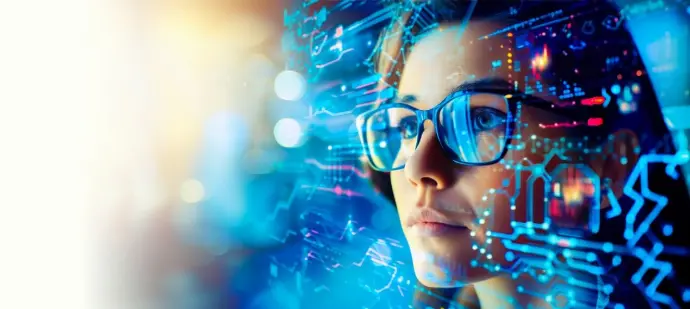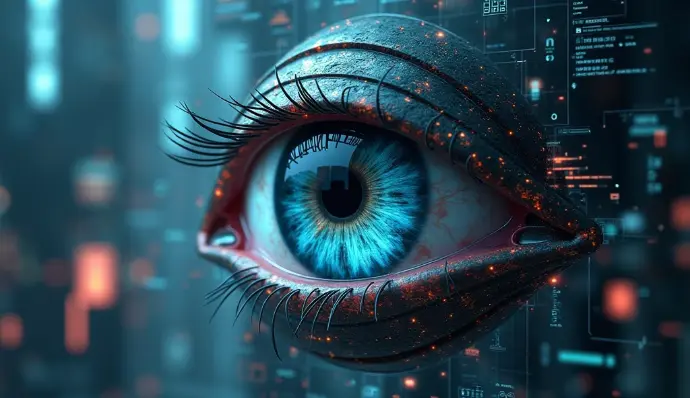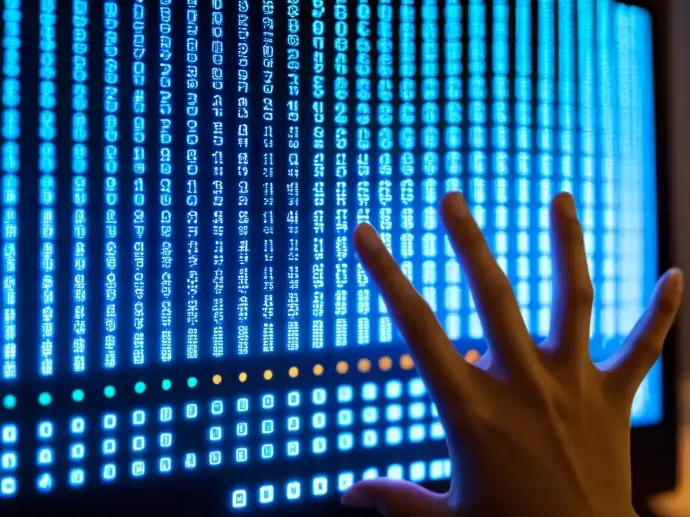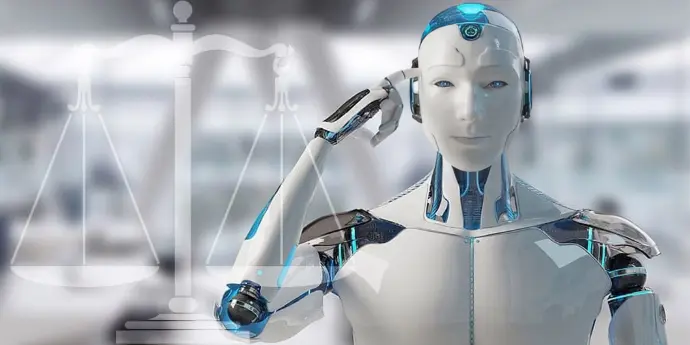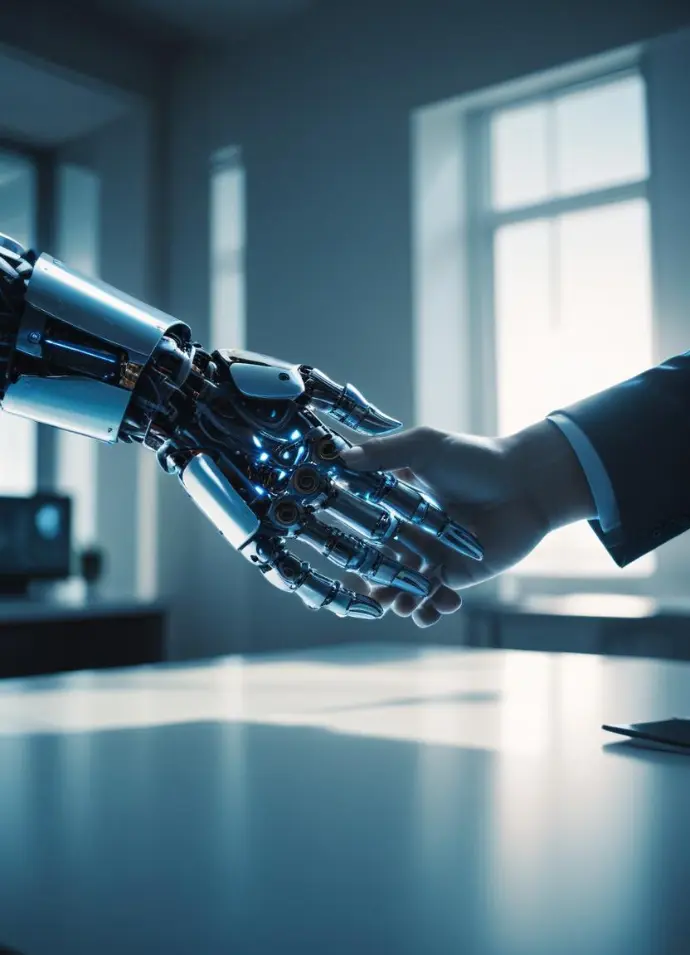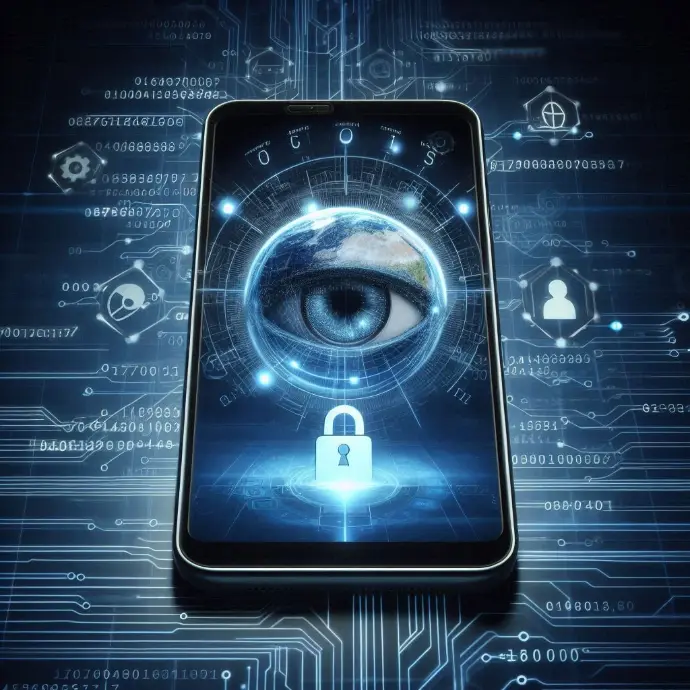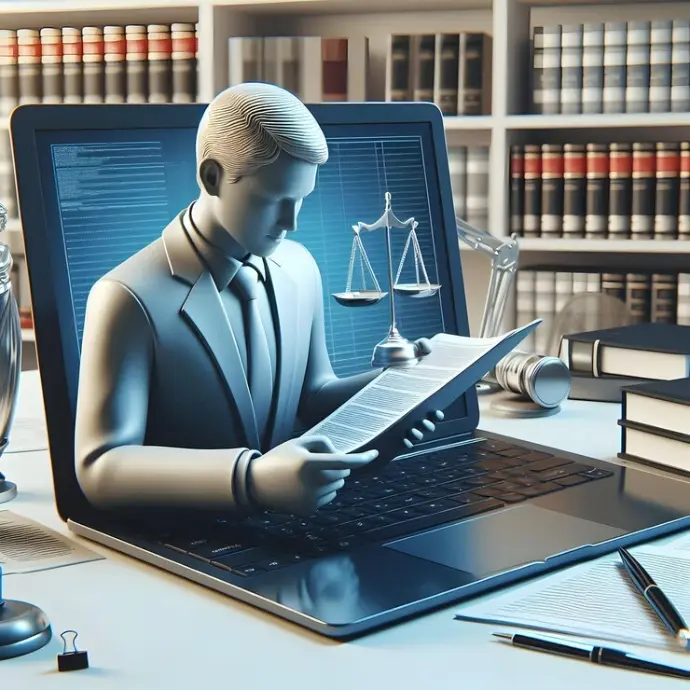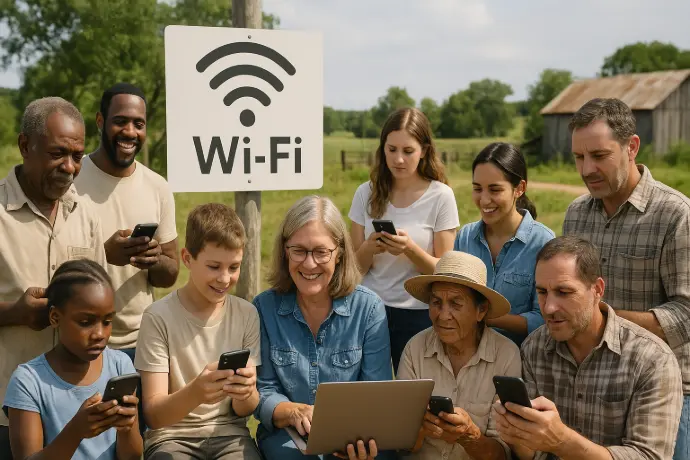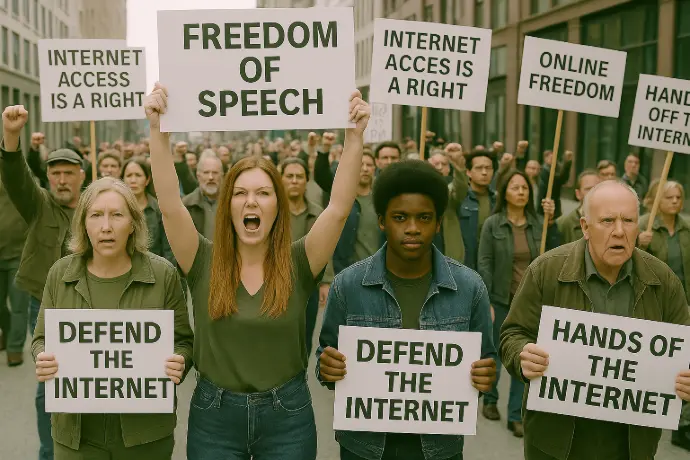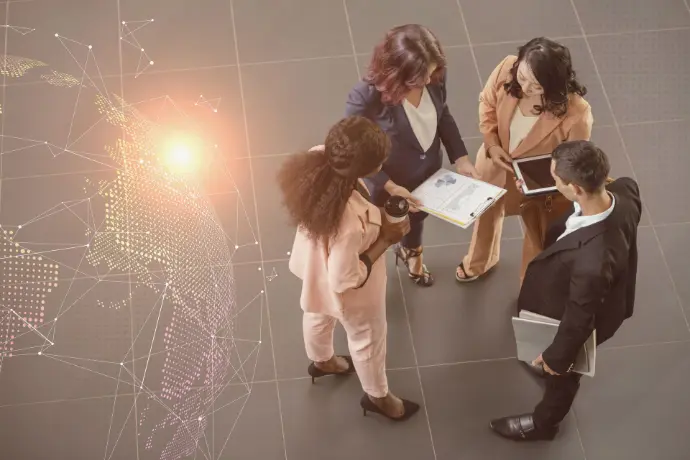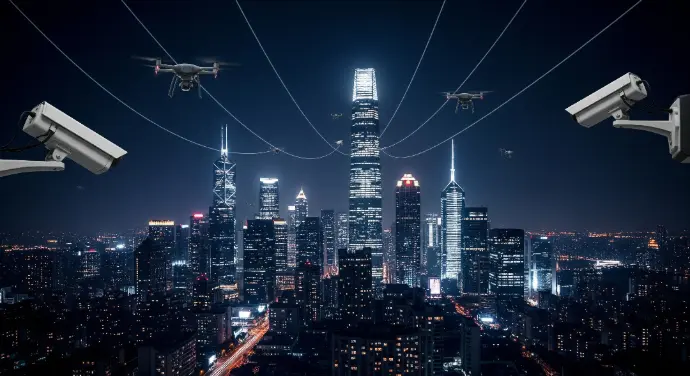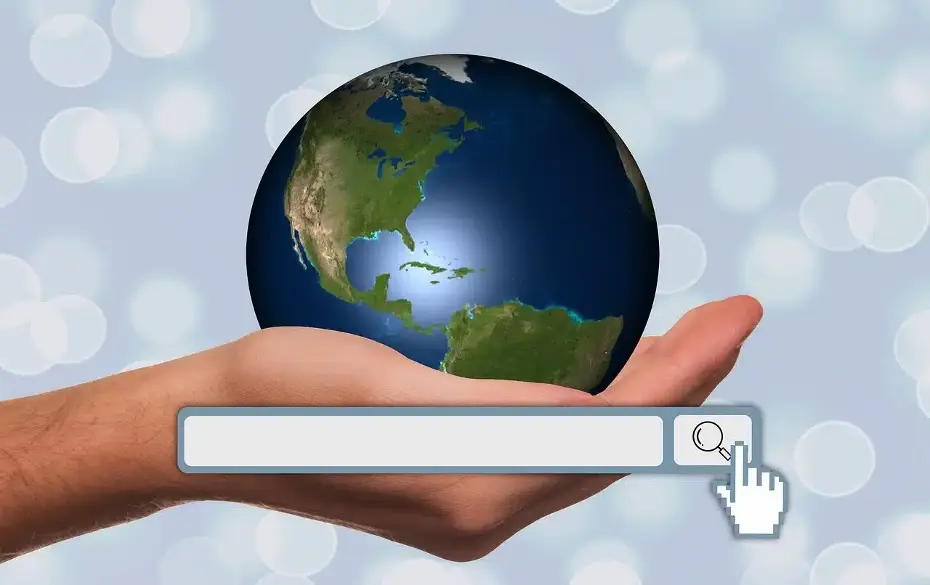
Digital rights
Digital rights require cybersecurity measures. Digital rights are the powers that all people have to access, use and benefit from computer resources, telecommunications networks and virtual platforms. It is often considered that this is the extension of human rights to the digital universe.
It should be noted that rights are faculties that allow human beings to claim or do what the laws establish in their favor or that emanates from the human condition itself. The idea of digital, meanwhile, is associated in this framework with what produces, displays, stores or transfers information through a combination of bits.
Understanding that the Internet can contribute to the empowerment and development of the individual, digital rights aim to reduce inequalities and allow all human beings to make use of technological progress, benefiting from it. Likewise, the notion is associated with the protection of human rights included in the Universal Declaration of 1948 also in the virtual realm.
- History of digital rights
The history of digital rights began in the mid-1990s, when the use of the Internet began to spread. At that time, engineers, programmers, analysts, lawyers and activists began to warn about the vulnerability of Internet users in terms of legal guarantees. For example, the difference between postal mail (inviolable according to the law) and email (which had no legal instrument for its protection) was raised.
The American organization Electronic Frontier Foundation (EFF), founded in 1990 by John Perry Barlow, John Gilmore and Mitch Kapor, is considered to have been key in the recognition of digital rights. This association promoted in its country the law known as the Email Privacy Act to protect the privacy of email and continues to carry out important work to protect civil liberties in the digital environment.
Barlow, in fact, published in 1996 the Declaration of Independence of Cyberspace, recognizing the Internet as an important instrument to improve societies. The following year, Robert B. Gelman proposed a Declaration of Human Rights in Cyberspace.
In 2011, the various United Nations (UN) rapporteurs for freedom of expression agreed on a joint Declaration on Freedom of Expression and the Internet. Continuing with the evolution of the concept, the UN Human Rights Council stated for the first time in 2012 that the rights that individuals enjoy in the physical world must also be safeguarded on the Internet.
- Its legal recognition
It is important to know that the UN resolution on digital rights is not legally binding. Each nation must be responsible for the recognition and regulation of these rights through the corresponding laws.
Many of the rights protected in different national Constitutions have their digital counterpart, such as the protection of personal data and access to information. On the other hand, there are behaviors classified as crimes that adapt to the virtual environment (from harassment to cyberbullying and from extortion to online extortion, for example).
Specifically, to reduce the digital divide and encourage appropriate use of networks, many countries have already drafted specific regulations or recommendations. One of them is Spain, which in 2021 released its Digital Rights Charter. This document details six categories of rights and is intended to function as a frame of reference.
It is possible to affirm, in short, that there is no Universal Declaration of Digital Rights or a specific list of them. Each State decides how to carry out its recognition and how to integrate its protection into the legal system.
- Types of digital rights
Beyond the lack of a specific list of digital rights, it is common to classify them into different groups according to their characteristics. These categories are thematic axes or broad issues that can give rise to one or more specific rights:
- Freedom of expression, communication and information: This implies freedom of expression on the Internet through any digital media and online communities, as well as the informational self-determination of each subject. If a government imposes restrictions on social networks, websites or browsing, Internet censorship arises and digital rights are violated.
- Right to be forgotten and to anonymity on the Internet: People can request the removal of their personal information from directories and databases, as well as the encryption of their communications to avoid intrusions.
- Online privacy: Each individual must have the power to control who is in charge of storing their personal information, protecting their privacy.
- Digital intellectual property: To protect copyright in the digital age and provide free access to works that belong to the public domain.
- Universal access to the Internet: All citizens must have the possibility of accessing the Web regardless of their economic condition, geographic location and any other variable.
- Child protection online: Minors must have secure access to the Internet.
- Other considerations
As can be seen, digital rights cover multiple aspects of online life.
Legal mechanisms must exist to protect data, guarantee the free exercise of digital activism (cyberactivism) and prevent, repress and punish cybercrimes. But, at the same time, surveillance and control on the Internet by the State to regulate online behavior must not be abusive.
On the other hand, the promotion of digital rights also requires governments to undertake media and digital literacy initiatives and campaigns against disinformation and fake news, for example. The aim is for citizens to make responsible and positive use of computer tools.

 IHRO NEWS
IHRO NEWS